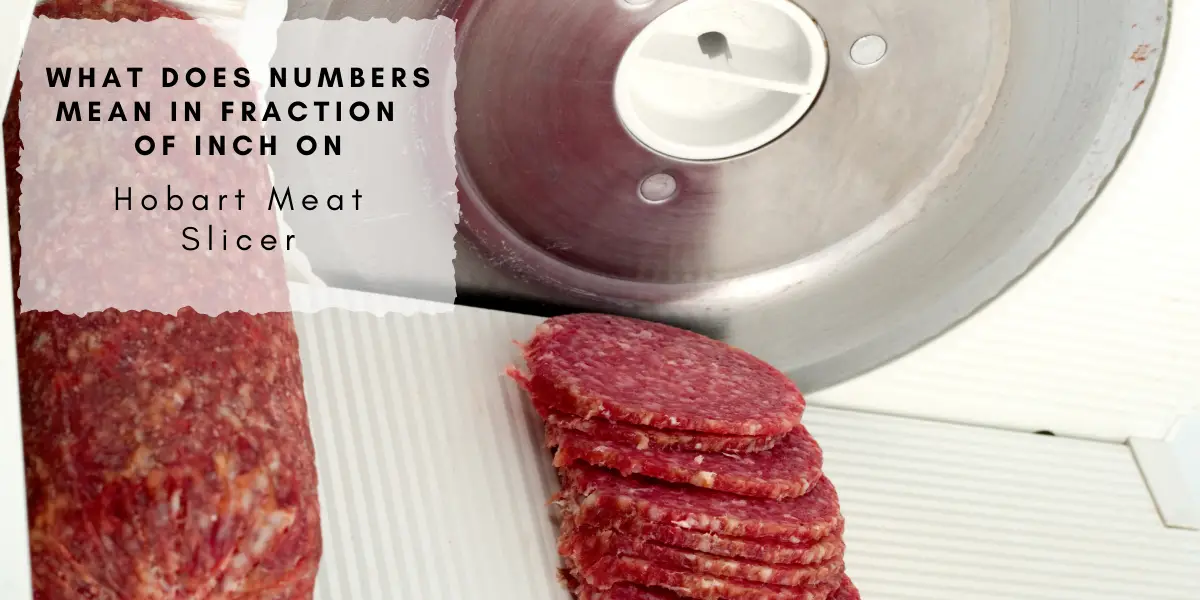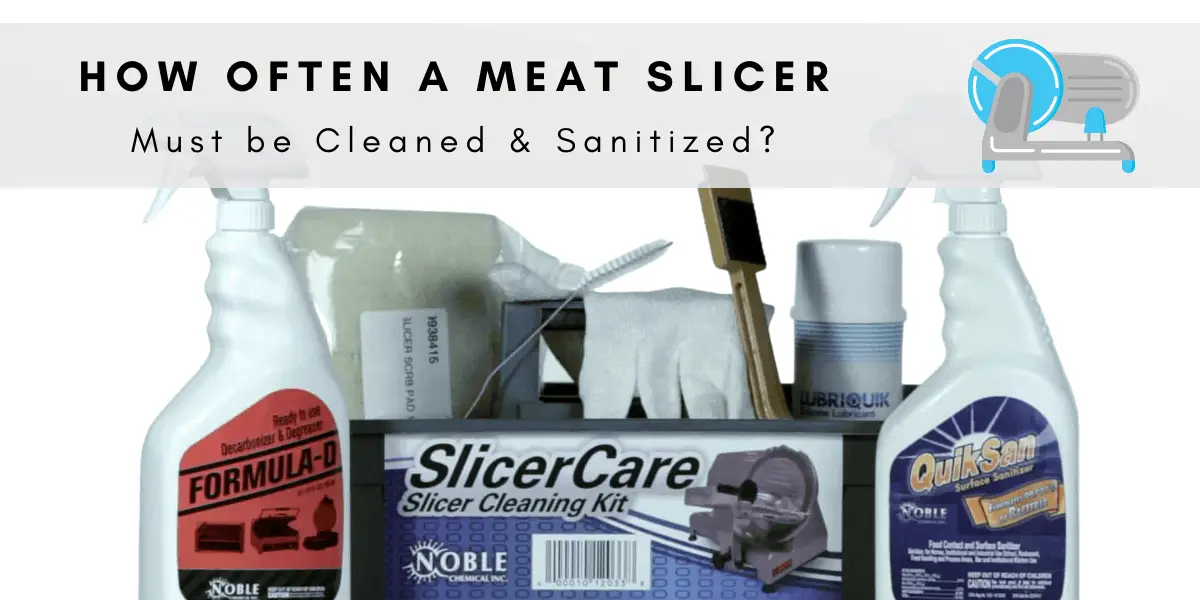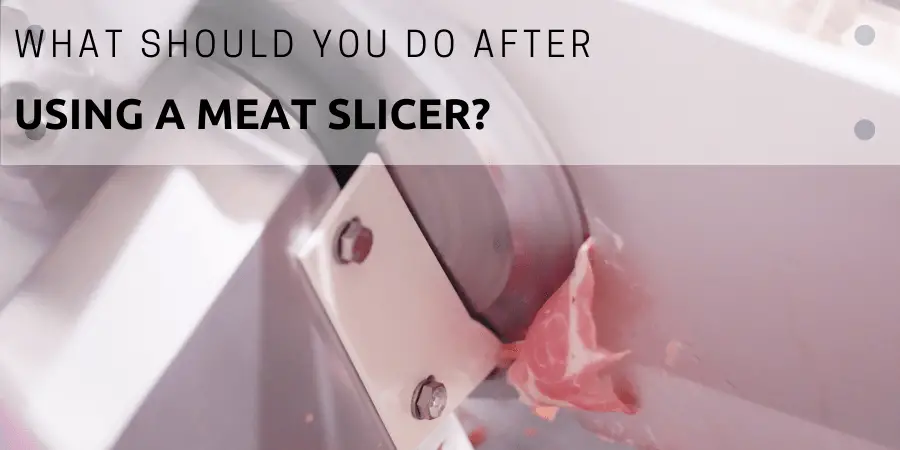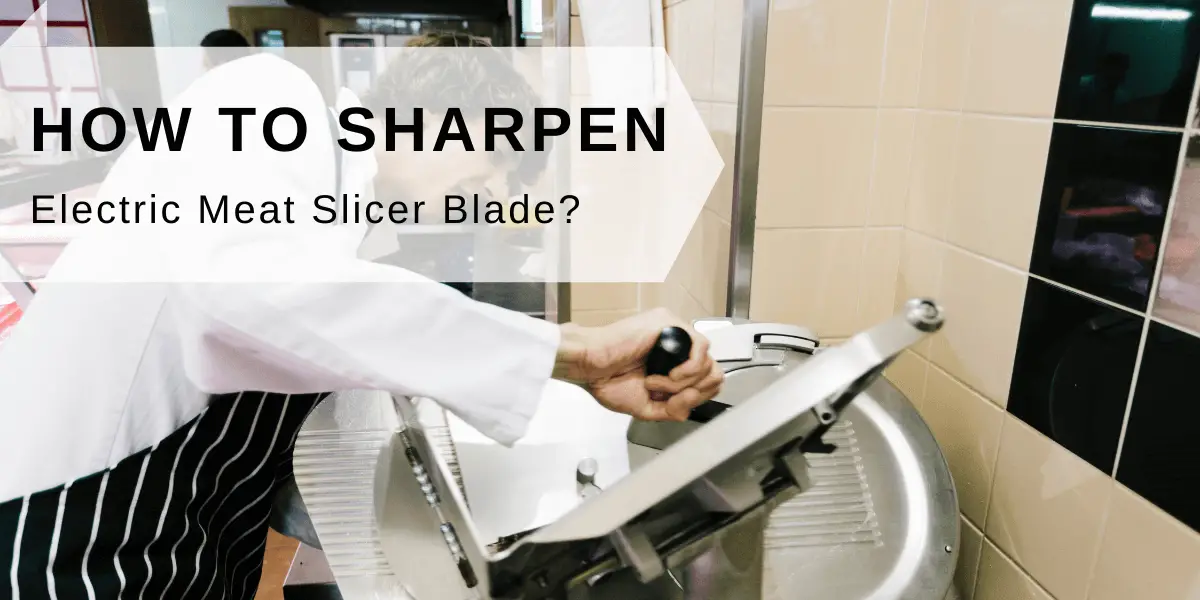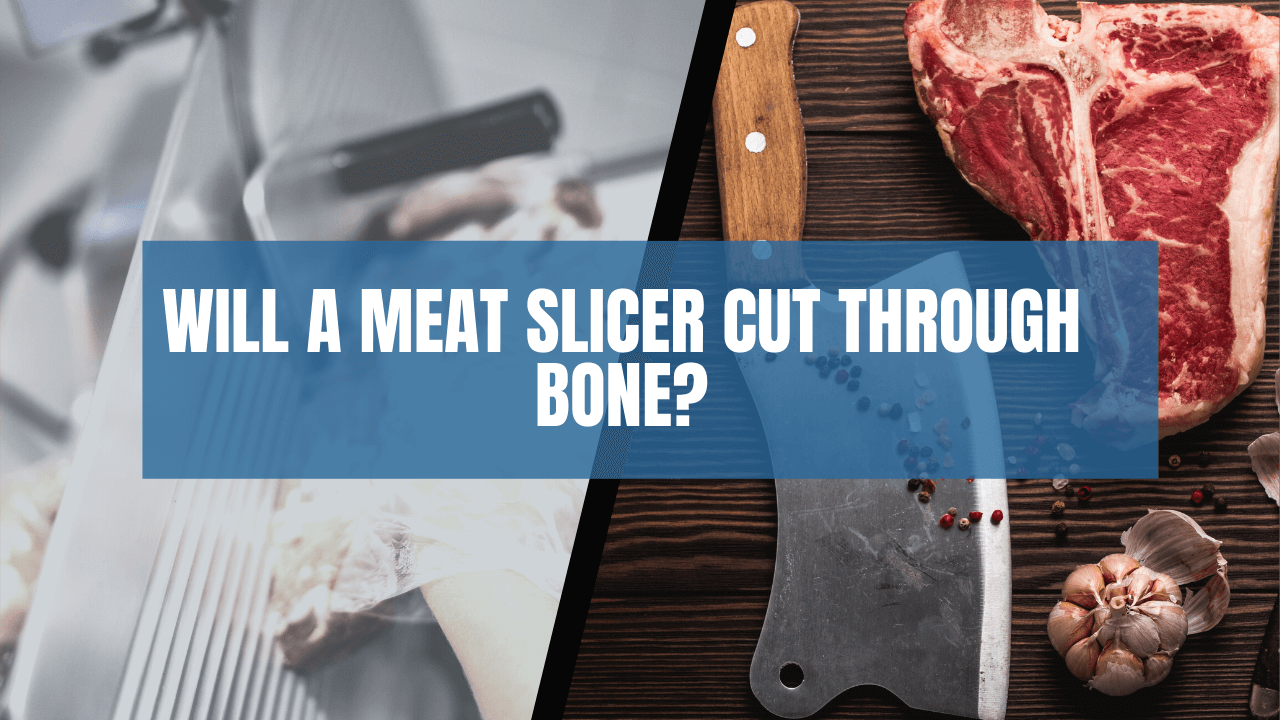The blade type on a meat slicer is an important factor when selecting the right equipment for your needs. Serrated and smooth blades each have advantages and disadvantages that should be weighed before purchasing.
When deciding which blade to use for your meat slicer, the types of food you plan to cut should be considered. If you mainly want to slice deli meats, a serrated blade is the best option. However, if you will primarily cut softer items like cheese and vegetables, a smooth blade is better suited. Ultimately, finding the right balance between the blade type and the items you intend to slice for the best results is important.
What Is A Meat Slicer?
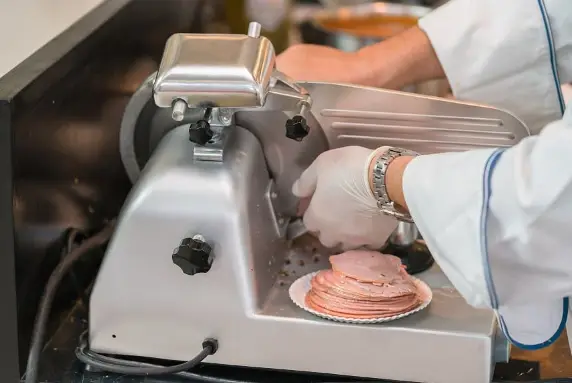
A meat slicer, or a deli slicer, or a food slicer is a kitchen appliance designed to cut various types of food, such as meats, cheeses, vegetables, and fruits, into thin, uniform slices. It consists of a rotating blade, an adjustable thickness control, and a food carriage that holds the food in place while the blade slices through it. Meat slicers can be manual, requiring the user to push the food carriage back and forth, or electric, where the slicer does the work. They are commonly used in delis, restaurants, and homes to make food preparation more efficient and precise.
Serrated Meat Slicer Blades
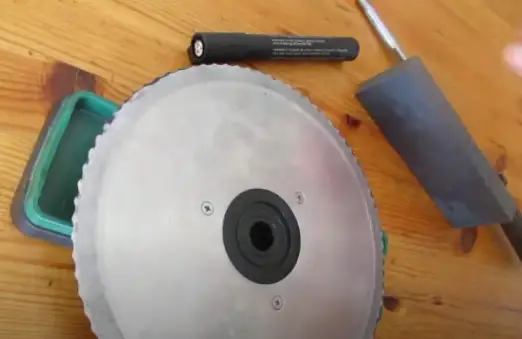
Serrated meat slicer blades, also known as wavy or scalloped blades, are cutting blades used in meat slicers that feature a series of tooth-like edges along their circumference. The teeth of serrated blades are designed to provide a sawing action, which enables them to effectively cut through tougher, fibrous materials such as crusty bread, fibrous vegetables, and meats with sinew or tough exteriors.
Serrated blades are particularly useful for cutting food items with a hard exterior and a soft interior, as their teeth can grip the surface and slice through without crushing the food. Additionally, serrated blades maintain their sharpness for longer than smooth blades due to their unique design. However, when it comes to sharpening a serrated blade, it can be more challenging and often requires professional assistance or specialized tools.
Smooth Meat Slicers Blades
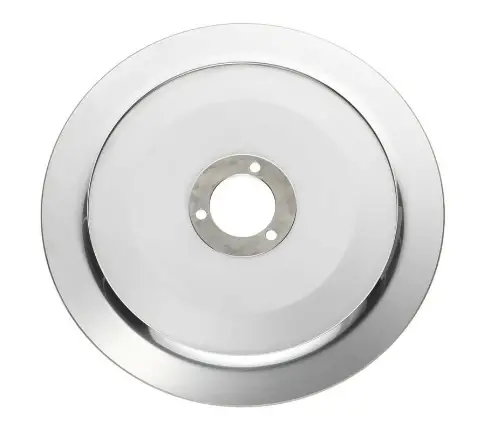
Smooth meat slicer blades, also known as straight-edge or non-serrated blades, are cutting blades used in meat slicers that feature a continuous, razor-sharp edge without teeth. These blades are designed for precision cutting and are ideal for slicing delicate food items like thinly sliced meats, soft cheeses, and ripe fruits and vegetables.
The smooth edge of the blade ensures a clean and even cut without tearing or squishing the food, which is particularly important when working with delicate items. Compared to serrated blades, smooth blades are generally easier to sharpen at home using a sharpening stone or honing rod. However, they may require more frequent sharpening to maintain optimal cutting performance.
Meat Slicer Serrated Blade vs. Smooth Blade
The Cutting Edge: Slicing Efficiency
- Serrated Blade: The saw-like action of a serrated blade makes quick work of cutting through tough, fibrous materials. This is particularly helpful when slicing crusty bread, fibrous vegetables, and meats with sinew or tough exteriors.
- Smooth Blade: The smooth blade perfectly cuts delicate items like thinly-sliced prosciutto, soft cheeses, and ripe tomatoes. The clean, sharp edge ensures a smooth cut without tearing or squishing the food.
Longevity: Sharpness and Durability
- Serrated Blade: Due to its unique design, a serrated blade maintains its sharpness longer than a smooth blade. However, when it does become dull, it often requires professional sharpening or specialized tools to restore its edge.
- Smooth Blade: Although a smooth blade may require more frequent sharpening, it’s easier to maintain at home with a sharpening stone or honing rod.
Versatility: A One-Blade-Fits-All Solution?
- Serrated Blade: While a serrated blade is excellent for cutting through tough foods, it may not be the best choice for delicate slicing tasks. The teeth can tear or damage delicate meats, cheeses, and produce.
- Smooth Blade: On the other hand, a smooth blade can handle a broader range of slicing tasks with precision. However, it may struggle with tough or fibrous foods and require more effort to cut through them.
Serrated Meat Slicer Blades: Uses
- Crusty bread: The sawing action of serrated blades is perfect for cutting through hard, crusty bread without crushing the soft interior.
- Fibrous vegetables: Serrated blades easily slice through tough, fibrous vegetables like celery or cabbage, making them ideal for preparing salads, slaws, or stir-fries.
- Tough meats: Meats with sinew, gristle, or a tough exterior can be easily sliced with a serrated blade, as its teeth grip the surface and cut through without tearing or shredding.
- Frozen or partially frozen foods: Serrated blades are more effective at cutting through frozen or partially frozen food items, thanks to their saw-like action.
Smooth Meat Slicer Blades: Uses
- Delicate meats: Smooth blades cut thin, even slices of delicate meats like prosciutto or smoked salmon without tearing or damaging the texture.
- Soft cheeses: A smooth blade can cleanly slice through soft or semi-soft cheeses without causing them to crumble or stick to the blade.
- Soft fruits and vegetables: Smooth blades are ideal for slicing ripe fruits and vegetables, like tomatoes, avocados, or peaches, as they provide a clean, sharp cut without squishing or bruising the produce.
- Charcuterie and cheese boards: When preparing an elegant charcuterie or cheese board, a smooth blade ensures precise and visually appealing slices of meats, cheeses, and accompaniments.
How To Maintain A Meat Slicer Blade?[/su_heading]
Maintaining a meat slicer blade is essential for ensuring its optimal performance, safety, and longevity. Proper care and maintenance will keep your blade sharp and your slicer working efficiently. Here are some steps to help you maintain your meat slicer blade:
- Clean after each use: After using your meat slicer, always thoroughly clean the blade and other removable parts with warm, soapy water to remove any food residue. This prevents bacteria buildup and helps maintain the sharpness of the blade.
- Dry the blade and components: After cleaning, thoroughly dry the blade and other components to prevent rust or corrosion.
- Sharpen the blade: Regularly sharpen the blade to maintain its cutting performance. You can use a sharpening stone or honing rod at home for smooth blades. Serrated blades may require professional sharpening or specialized tools.
- Lubricate the blade: Periodically lubricate the blade and other moving parts with food-grade lubricant to ensure smooth operation and reduce wear and tear.
- Inspect for damage: Regularly inspect the blade for any signs of damage, such as chips, cracks, or excessive wear. If you notice any issues, consider replacing the blade to ensure safe and efficient operation.
- Proper storage: When not in use, store the meat slicer in a clean, dry place, with the blade covered by a protective guard to prevent accidents and protect the blade from damage.
- Follow the manufacturer’s recommendations: Refer to your meat slicer’s user manual for specific maintenance instructions and recommendations, as these may vary depending on the brand and model.
How Do I Sharpen A Meat Slicer Blade?[/su_heading]
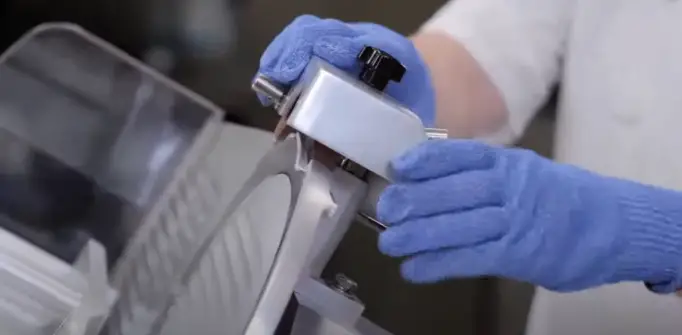
Sharpening a meat slicer blade is essential to keep it in optimal condition and ensure precise and efficient slicing. The process may vary slightly depending on whether you have a serrated or smooth blade. Below are the general steps to sharpen a smooth meat slicer blade, as these are the most common type that users can sharpen at home:
Step 1: Unplug the meat slicer: Before starting, ensure your meat slicer is unplugged to avoid accidents.
Step 2: Remove the blade: Carefully remove the blade from the meat slicer according to the manufacturer’s instructions. Some slicers come with a blade removal tool, so use that if provided.

Step 3: Clean the blade: Clean the blade thoroughly with warm, soapy water to remove any food residue. Dry it completely before proceeding.
Step 4: Sharpen the blade: Most meat slicers have a built-in sharpening stone, also called a sharpening stone assembly or honing stone. To use it, follow these steps:
- Engage the sharpening stone: Consult your user manual to locate the sharpening stone and follow the instructions to engage it with the blade.
- Turn on the slicer: Plug the meat slicer back in and turn it on, ensuring the blade is spinning against the sharpening stone.
- Sharpen the blade: Allow the blade to spin against the sharpening stone for a few seconds, or follow the manufacturer’s recommended time. This will sharpen the blade evenly.
- Disengage the sharpening stone: Turn off and unplug the slicer, then disengage the sharpening stone according to the manufacturer’s instructions.
Step 5: Clean and reassemble the slicer: Clean the blade again after sharpening to remove any metal shavings. Dry it completely, then reattach it to the slicer following the manufacturer’s guidelines. Make sure the slicer is reassembled correctly before using it.
Sharpening can be more challenging for serrated blades and often requires professional assistance or specialized tools designed for serrated edges. Check your user manual for specific instructions or consult a professional for help.
FAQs
Which blade should I choose for my meat slicer?
The choice between a serrated blade and a smooth blade depends on the types of food you plan to slice. A serrated blade is your best bet if you often work with crusty bread, tough meats, and fibrous veggies. However, a smooth blade is the way to go if you slice delicate meats, cheeses, and soft produce.
How often should a meat slicer be used?
The frequency of use for a meat slicer depends on its blade type. For serrated blades, frequent slicing will keep them sharp, and any residue buildup will be minimal. A smooth blade should not be used as often because its design will accumulate food particles more quickly, which can cause rusting and reduce the blade’s effectiveness. It is important to know this difference and adjust your usage accordingly.
What is not recommended when using a meat slicer?
Using a meat slicer to cut hard materials like bones, frozen or semi-frozen food is not recommended. It can dull the blade quickly and may even cause damage to the machine. Using serrated blades for ill-suited tasks, such as slicing cheese, fruits, or vegetables, can also cause rapid wear. A smooth blade is more suitable for these tasks as it requires less effort and will not be dulled by the softer materials.
Conclusion
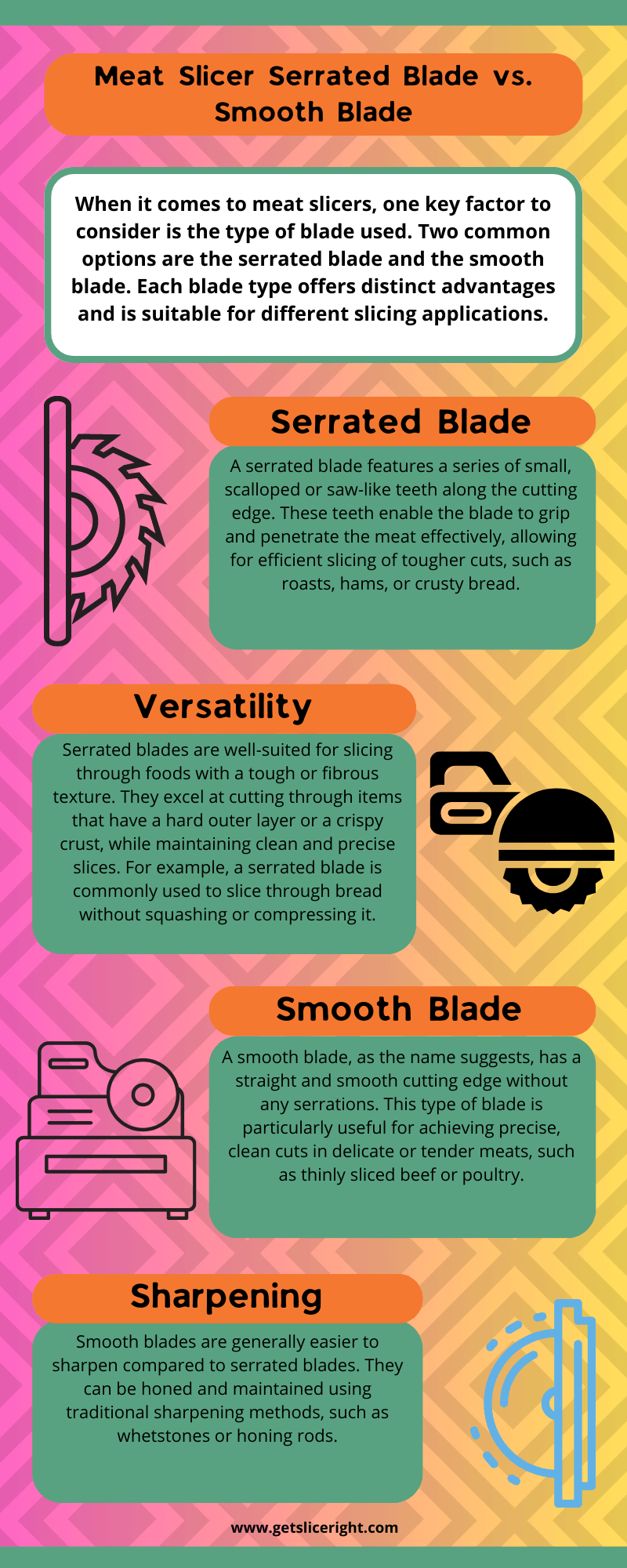
The type of blade you use will depend on the kind of meat you’re slicing and your personal preference. A smooth blade might be your best option if you’re looking for a more precise cut with less drag. However, a serrated blade might be the better choice if you’re cutting tougher cuts or slices of frozen meat. Ultimately, it’s up to you to decide which blade type will offer the most efficient and precise slicing for your particular needs. Whatever you choose, take safety precautions when handling sharp blades, and maintain your slicer regularly. With the right blade and care, you can be sure your meat slicer will serve you well for years.

Mario Batali is a renowned author, food enthusiast, and passionate chef who has dedicated his life to exploring the world of culinary arts. With a love for sharing his knowledge and experiences, Mario has become a prominent figure in the food blogging community, inspiring countless readers with his creativity and expertise.
In addition to his culinary prowess, Mario Batali is also a talented writer with a flair for engaging storytelling. He launched his own food blog to share his recipes, cooking tips, and personal experiences in the kitchen. Over time, Mario’s blog gained a loyal following of food enthusiasts who appreciate his unique approach to cooking and his dedication to using only the finest ingredients.
Mario Batali’s passion for food and his commitment to sharing his knowledge with others have made him a true inspiration in the world of culinary arts. Through his blog, cookbooks, and public appearances, Mario continues to spread his love of food and the joy of cooking with his ever-growing fanbase.

